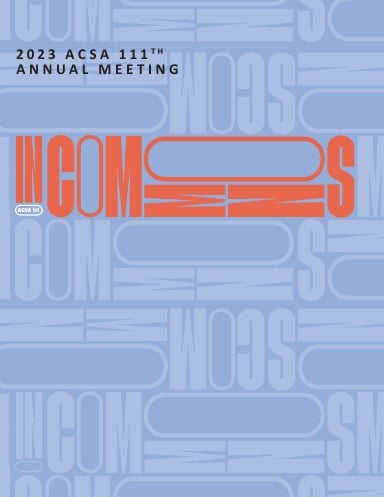Author(s): S. Omar Ali
This paper introduces research from a special topics seminar that explores the incorporation of collective intermediate space (also referred to as gray space and the intermediate commons), as a possible alternative to the isolated condition of most housing design arrangements in North America. Gray space is most easily understood as the transitional intermediate space prior to entering or after exiting a domestic space to the public domain. These spaces often blur the line between public and private space; inside and outside; formal and informal; are truly multi-functional and can be defined by the end user. One of the primary objectives of this course is to understand the historic and vernacular foundations of housing and architecture’s relationship to public space and the commons through its various conditions and to grasp how this relationship has changed across various contexts over time. This research aims to have the following impact. (1) To visually analyze and assess spatial challenges and opportunities within three vernacular types. This analysis evaluates the social and material qualities of space provided within the domestic type, and the clarity of its connection to the intermediate commons. (2) To examine the local context of these types and how architecture has had a role in cultivating the shared cultural identity and community of the place. (3) To expand upon the use of visual research and visual communication to tell a cohesive narrative of place. In short, the intermediate commons can be understood as spatial, architectural, and tactile, but must also be recognized as a space for social innovation and radical openness. Collective Domestic: Theorizing the Intermediate Commons asserts that the sequestered and heteronormative condition of current developer-driven housing trends can be countered through the proper activation of gray space in housing.
https://doi.org/10.35483/ACSA.AM.111.64
Volume Editors
ISBN
978-1-944214-41-8

 Study Architecture
Study Architecture  ProPEL
ProPEL 
